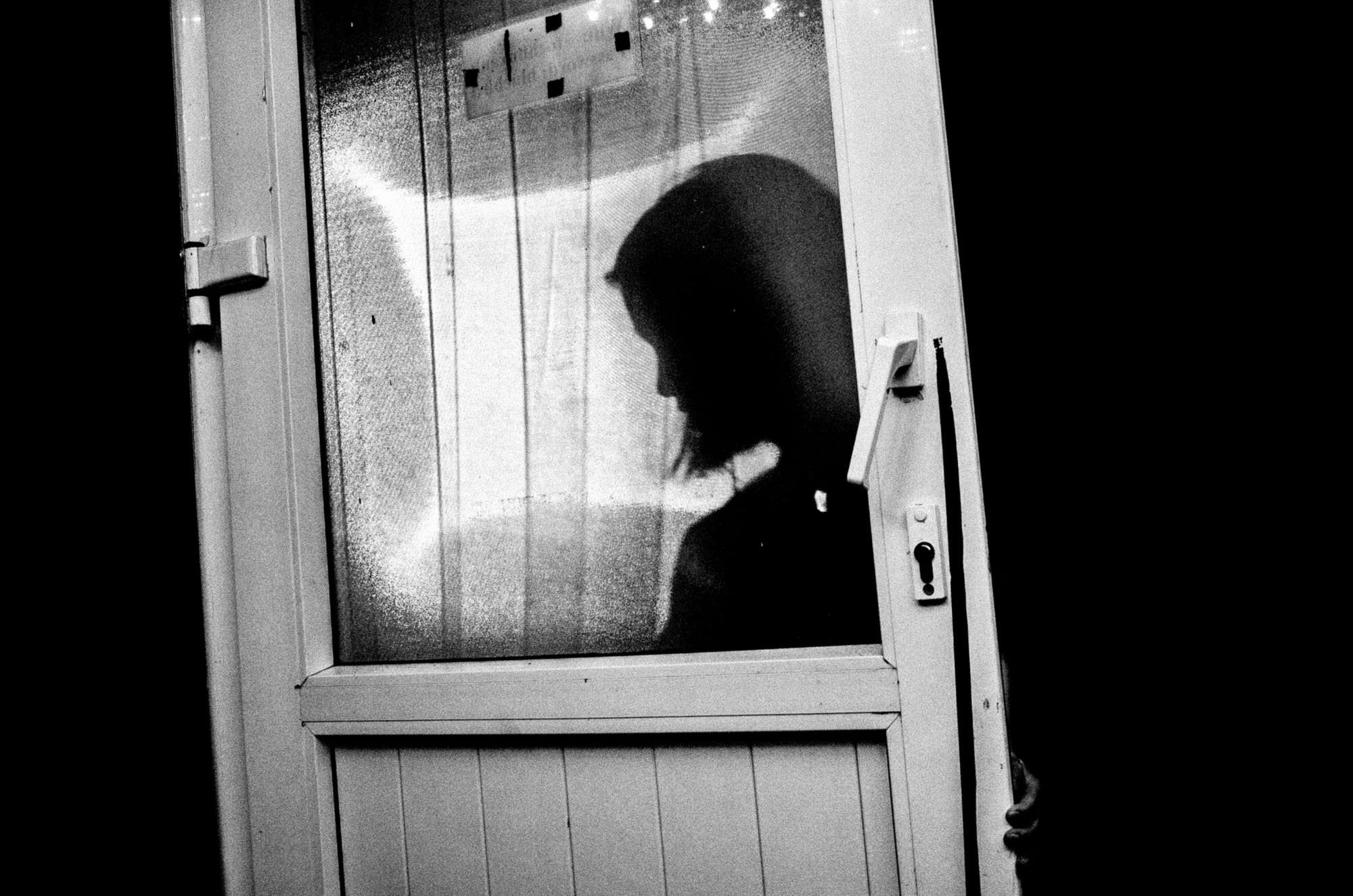
As humans, we are curious creatures.
We follow what rouses our curiosity.
For example, if you were a hunter-gatherer in the past, and you heard a rustle or noise in a bush, you would be curious what that was. Is it a frightening animal I should be aware of?
Curiosity is what leads us in life. The best learning is self-directed learning; when we learn what we are personally curious about.
What is a “curiosity gap”?
I feel in photography, one of the best ways to create a compelling image is to create a “curiosity gap” for your viewer.
A “curiosity gap” is a hole or a gap, that your viewer feels the need to fill.
For example, if you have a photograph that is mysterious, is strange, or weird— your viewer is more likely to look at it for a long period of time, because they want to fill in their “curiosity gap.” They might spend more time looking at your photograph, because they want to understand what is going on in a photo.
Another tip: make photos when your viewer looks at it, and they ask themselves “WTF am I looking at?”
How to create curiosity gaps in your photos
To create a curiosity gap in your photos, here are some tips:
1. Don’t show all the information or context of a scene:
The more information you obscure or hide from your viewer, the more engaging or interesting your photo will be.
2. Create more negative space in your photo:
Don’t fill in every nook and cranny of your frame. Embrace more negative space to create more curiosity for the viewer to look around the frame of your photograph.
3. Don’t include faces:
Don’t always include the faces of your subject in the frame. Often by not showing the faces of your subjects, the photo becomes more engaging.
4. Create empathy:
Capture emotional photographs. This causes your viewer to empathize with the subject of your frame. You want your viewer to be curious about the motion of the subjects in your photo. You want your viewer to look at the subject of your photo and ask themselves, “What is the story of that subject?”
5. Have blurry or out-of-focus photos:
To create more “curiosity gaps” in your photos, don’t make all your photos super-sharp or in-focus. By having photos that are blurry, out of focus, or obscured— you will create more curiosity in the eye of your viewer.
Conclusion
People love mystery. They love suspense. They don’t like it when you spoil the ending of a story or a movie.
So treat your photos the same— create more curiosity in your photos, by obscuring details, and not telling the full story.
Learn more: Photography 101 >

